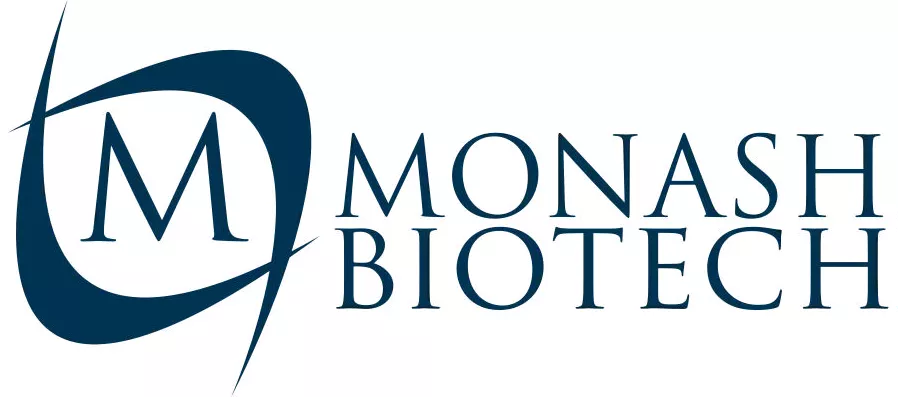Why Everyone Shifted to Laser-Assisted Hatching for PGD ?
In the precise world of embryology, the smallest differences in technique can yield profoundly different outcomes. One such shift that has reshaped the way IVF labs around the world prepare embryos for Preimplantation Genetic Diagnosis (PGD) is the transition from mechanical zona drilling to laser-assisted hatching (LAH).
While both methods aim to create an opening in the zona pellucida (the protective outer shell of the embryo), only one has become the modern gold standard—laser. So, why did embryologists worldwide, from Tokyo to Toronto, abandon zona drilling for LAH? Let’s explore.
🧬 Understanding the Role of Zona Opening in PGD
Before diving into technique comparisons, let’s clarify the context.
For PGD, embryologists need to remove one or more cells (blastomeres or trophectoderm cells) from the embryo without damaging it. To access these cells, an opening in the zona pellucida must be made. This is where either zona drilling or laser-assisted hatching comes into play.
🛠️ What Is Zona Drilling ?
Zona drilling uses a micropipette and acidified Tyrode’s solution or a piezo-electric device to chemically or mechanically breach the zona pellucida. It was widely used in the late 1990s and early 2000s before lasers became mainstream in IVF labs.
🔻 Limitations of Zona Drilling:
Chemical exposure risk: Acid solutions, even in microvolumes, can harm the embryo.
Operator-dependent: High variability in precision, opening size, and embryo stability.
Time-consuming: Manual adjustments and slow process.
Higher risk of blastomere lysis: Inconsistent breach control can damage nearby cells.
🔥 What Is Laser-Assisted Hatching ?
Laser-assisted hatching employs a precisely focused infrared laser beam to create an opening in the zona pellucida with micrometer-level accuracy. This is usually done under direct microscopic visualization, allowing real-time control.
✅ Advantages of LAH for PGD :
Precision and Consistency
Laser creates uniform openings (typically 20–30 µm), ideal for safe blastomere or trophectoderm biopsy.
Reduced blastomere damage and lower mosaicism risk.
Speed and Efficiency
Each opening takes only 1–2 seconds.
Saves ~40–60% of prep time compared to zona drilling.
Minimal Embryo Manipulation
No need for harsh chemicals or prolonged exposure outside the incubator.
Improved Biopsy Success Rates
Recent studies show laser-assisted biopsy yields >98% embryo survival, compared to 85–90% for zona drilling in experienced hands.
Lower Operator Dependency
Once trained, embryologists can reproduce consistent results across labs and staff.
📊 The Data Speaks: Laser is the Clear Winner
Parameter | Zona Drilling | Laser-Assisted Hatching | |||
Opening Precision | Variable | High (±2–3 µm) | |||
Embryo Survival Post-Biopsy | ~85–90% | >98% | |||
Time Required per Embryo | ~3–5 minutes | <1 minute | |||
Damage to Surrounding Cells | Medium risk | Very low risk | |||
Operator Learning Curve | Steep | Moderate | |||
PGD Result Accuracy | Slightly compromised | Highly consistent |
🌐 Why Labs Worldwide Made the Shift
As global IVF success metrics became more competitive—and patients more informed—labs had to optimize every step. Laser systems became not just a luxury, but a clinical necessity.
Moreover:
Regulatory bodies in the EU and US now recommend or require laser-based systems for embryo manipulation in many PGD/PGT procedures.
Laser hatching is safer for vitrified embryos, which are now the standard due to freeze-all strategies.
🧰 Should Your Lab Upgrade ?
If you're still relying on zona drilling for PGD, you're not just missing out on convenience—you may be compromising results. With modern, FDA-cleared laser systems and embryo-safe settings, the transition is easier and safer than ever.
Monash Biotech recommends pairing laser-assisted biopsy techniques with high-precision micropipettes tailored to your lab’s needs. The combination of customized tooling and modern methodology ensures consistent, safe biopsies—giving patients the best possible chance at success.
✅ Key Takeaway
Laser-assisted hatching isn’t just a replacement for zona drilling—it’s an essential upgrade. For any IVF lab offering PGD, adopting laser-based protocols is no longer optional. It’s the standard of care in a precision-driven field.
Our Products
Blastomere Biopsy Micropipettes
Holding Micropipettes
Injection Micropipettes
Polar Body Biopsy Micropipettes
Trophectoderm Biopsy Micropipettes Bevelled
Trophectoderm Biopsy Micropipettes Flat
Support
Customer Support
Frequently Asked Questions
Chat on WhatsApp
Chat on FaceBook Messenger
Helpful Resources
Privacy Policy
Please note that the 3D models displayed on this website are for illustrative purposes only. Actual product dimensions, colors, and finishes may vary. These models should not be considered a precise or guaranteed representation of the final product.
© 2025 Monash Biotech. All Rights Reserved.
Designed & Developed by Goafreet Company

